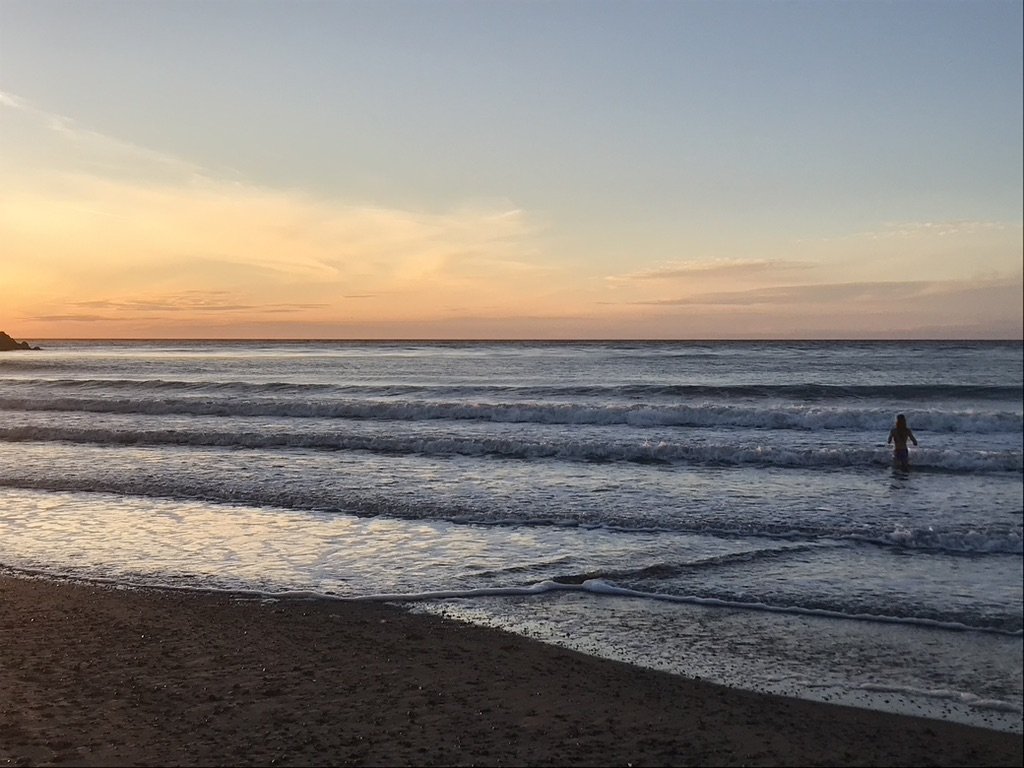In collaboration with John Melillo and in association with the Gulf Aquarium and Marine Station in Grand Étang, The Oyster Project is an effort to establish an educational oyster farm and cooperative in Cape Breton, Nova Scotia. At the same time, the project involves research and reflection on the history and culture of the oyster—as well as on growing interest in the restorative impacts of oyster cultivation at a time of rapid climate change. Our broad aim is to build an open-ended dialogue between human and natural worlds, between past and present, and between aesthetics and labor.
Ultimately, we see this dialogue as a form of poetry, imagined broadly as poiesis: the emergence of something that didn’t previously exist. We envision the educational farming cooperative as a means of embodying poetry—as well as a way of exploring, and coming to terms with, the vital and necessary relation between the tangible result we are working toward (an educational oyster lease, a cooperative farm, and related community programming) and the many “intangibles” (language, history, modes of perception, and community support) that more or less invisibly undergird its possibility.
In Puerto Penasco, Sonora, Mexico, the grandson of one of the founders of an oyster collective told us that he and his family could distinguish the oysters their family cultivated from those cultivated by others. All the oysters farmed by the collective shared the same estuary and were of the same species, but the separate rhythms and forms of care provided to different oyster beds produced relationship and recognition between individual farmers and “their” oysters. This recognition is an aesthetics—a way of seeing and knowing the world. But it’s an aesthetics arrived at through the establishment of an embodied relation and the process of labour rather than through the application of an apparently universal system of beauty or knowledge.
This microcosmic, localized, and hybridized aesthetics extends beyond a simple appreciation of nature and towards a poetic process of discovery and critical reflection.
The broad aim of The Oyster Project is to document this process of becoming-familiar by observing ourselves and our world in relation to a particular goal in a particular place and time. In lieu of a unified text that might summarize, narrates, or draw fixed conclusions, we’ve embraced a model of poetic gathering akin to Walter Benjamin’s The Arcades Project or contemporary epic traditions from Charles Olson’s Maximus Poems to Rachel Blau DuPlessis’s Drafts. Rather than “great men and celebrated events” it would be the “refuse,” the “detritus,” and the “half-concealed” that would serve as Benjamin’s object of study for The Arcades Project—and the aesthetic of a collector of curiosities, the chance-based method of a “ragpicker,” that would define his form. Similarly, with The Oyster Project, we propose to put “conceptual analysis” to the side in favor of “something like dream interpretation.”











